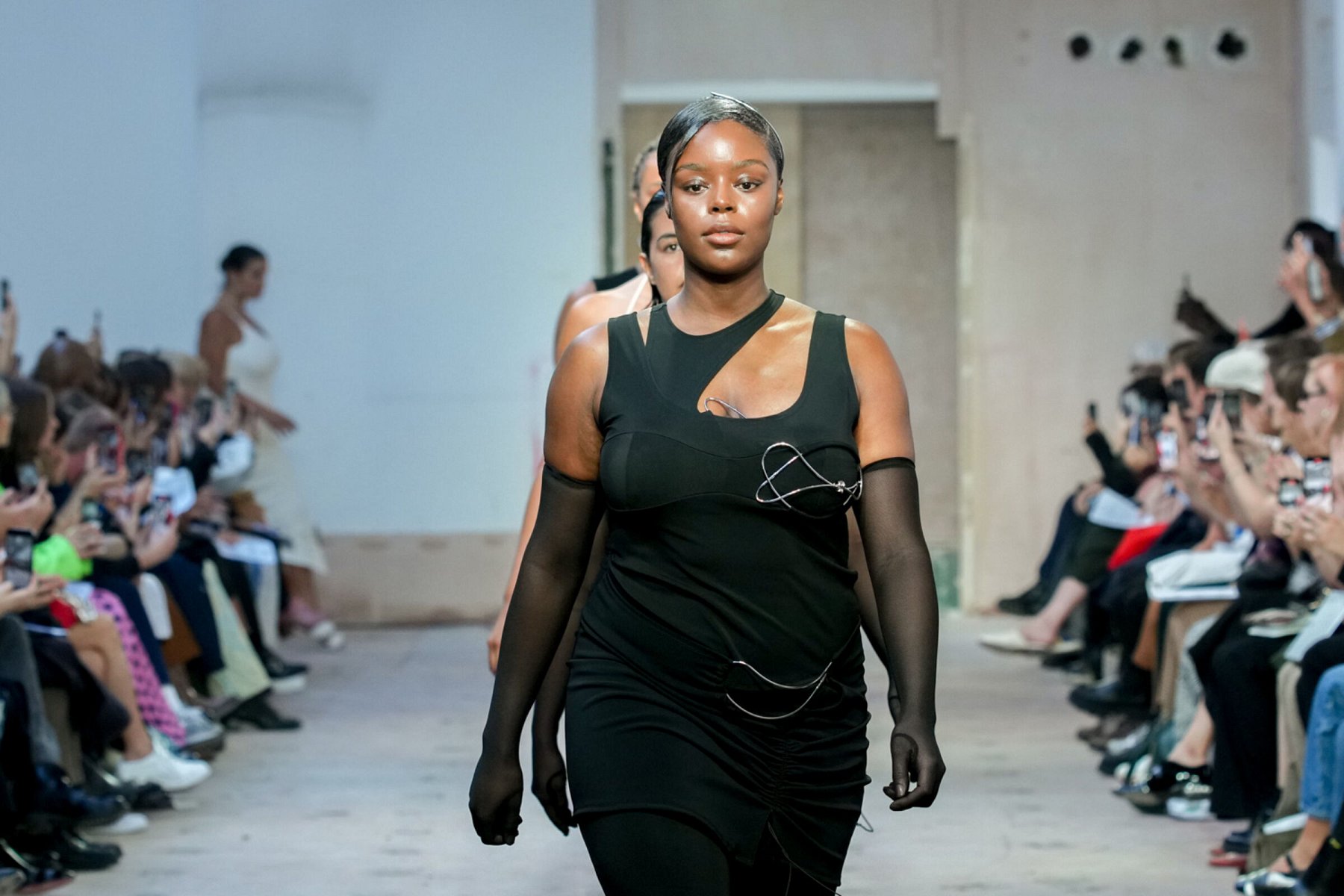Most Recent Fads in Eastern Wear Pakistan : A Comprehensive Overview for 2024
Experience the Style of Typical Eastern Attire
Start a journey with the complex globe of typical Eastern clothing, where each garment narrates woven with cultural richness and historical importance. From the lively colors of a Chinese qipao to the regal beauty of a Pakistani shalwar kameez, these garments use a glance right into a globe where workmanship satisfies creativity. The combination of elegant textiles and fragile needlework strategies produces a tapestry of style that goes beyond boundaries and time. Join us as we unwind the tricks behind these charming items and uncover the allure of Eastern attire that has actually astounded generations.
History of Eastern Clothing
Eastern clothing has a rich background that dates back centuries, reflecting the varied cultures and customs of regions such as Asia and the Middle East. In Asia, typical outfit differs considerably from the vibrant saris put on in India to the stylish bathrobe of Japan.
Throughout background, Eastern clothes has not just offered as a kind of clothing but also as a symbol of cultural identification and heritage. Today, Eastern clothes proceeds to advance, mixing typical components with modern-day fashion patterns to create ageless and distinct styles.
Relevance of Needlework
Needlework plays a vital duty in traditional Eastern attire, adding intricate information and cultural significance to garments that have actually been passed down through generations. In Eastern cultures, embroidery is not just decorative yet holds deep symbolic definitions. Each stitch and pattern can share tales, beliefs, and even social standing.
The art of needlework in typical Eastern attire is a labor-intensive process that calls for skill and patience. Highly experienced artisans meticulously hand embroider detailed styles onto fabrics using strategies that have been perfected over centuries. These stitched layouts typically show the abundant cultural heritage of the area they stem from, showcasing motifs motivated by nature, mythology, or historic events.

Luxurious Fabrics Made Use Of
Extravagant materials play a crucial function in enhancing the elegance and luxury of standard outfit throughout diverse Eastern societies. Silk, renowned for its gentleness and sheen, is a popular option for many typical garments because of its luxurious feeling and capability to curtain with dignity. In nations like India, China, and Japan, silk has a lengthy history of being used in typical clothes, symbolizing wide range and standing.
Another commonly made use of glamorous textile is brocade, visit this page defined by intricate patterns woven right into the product. Brocade adds a touch of elegance to garments and is often seen in ceremonial attire and formal wear. Velour, with its deluxe texture and rich look, is additionally a popular option for conventional clothing in Eastern cultures, particularly for special celebrations and cheery occasions.
Additionally, fabric, satin, and chiffon are regularly used for their flowing and lightweight top qualities, including a sense of special and sophistication to garments. These elegant materials not only boost the aesthetic charm of standard Eastern clothes yet additionally add to the total appeal and appeal of the wearer.
Craftsmanship Methods
Standard clothes in different societies showcases flawless workmanship strategies that are given via generations, highlighting the ability and virtuosity entailed in developing these charming garments. Each embroidery, stitch, and decoration is thoroughly crafted to produce timeless pieces that embody the social heritage and customs of the region. The craftsmanship strategies utilized in typical Eastern clothing often entail complex handwork, such as hand weaving, hand embroidery, and hand beading, which require accuracy and interest to information.
Artisans who concentrate on these techniques go through years of training to perfect their abilities and master the conventional approaches of garment construction. Using premium materials incorporated with expert workmanship leads to garments that not only look aesthetically sensational but additionally stand the test of time. The dedication to maintaining these workmanship techniques makes sure that each piece of typical Eastern outfit is an artwork, reflecting the rich social history and heritage of the area.
Timeless Style and Beauty

The complex embroidery, fragile beadwork, and glamorous you can try these out fabrics utilized in conventional Eastern clothing contribute to its unrivaled beauty. The careful creation passed down via generations makes certain that every piece emanates and tells a tale sophistication and poise.
Moreover, the traditional silhouettes and stylish draping of traditional Eastern clothes contribute to its enduring beauty. The flowing lines and elegant styles develop a sense of harmony and equilibrium that is both visually attractive and psychologically fascinating.
Fundamentally, the ageless elegance and appeal of conventional Eastern clothes work as a testament to the ability and virtuosity of the craftsmen that dedicate their lives to protecting these beautiful sartorial practices. - eastern wear pakistan
Conclusion
In final thought, the sophistication of typical Eastern attire is a testimony to the abundant history, social value, and detailed workmanship of the region. From the intricate embroidery to the luxurious fabrics and timeless charm, each garment narrates and reflects the cultural identity of its origins. Embracing Eastern outfit allows one to appreciate the artistry and style that have actually been given via generations, developing captivating and truly splendid pieces.
Embark on a journey through the intricate world of traditional Eastern attire, where each garment tells a tale woven with social splendor and historical importance.Embroidery plays a vital role in typical Eastern clothing, including complex information and cultural significance to garments that have actually been passed down with generations.Glamorous materials play a critical duty in boosting the sophistication and luxury of conventional attire throughout diverse Eastern societies. The craftsmanship techniques made use of in standard Eastern outfit often entail complex handwork, such as hand weaving, hand embroidery, and hand beading, which call for precision and focus to detail.
In conclusion, site web the style of conventional Eastern attire is a testimony to the rich background, social significance, and detailed workmanship of the area.